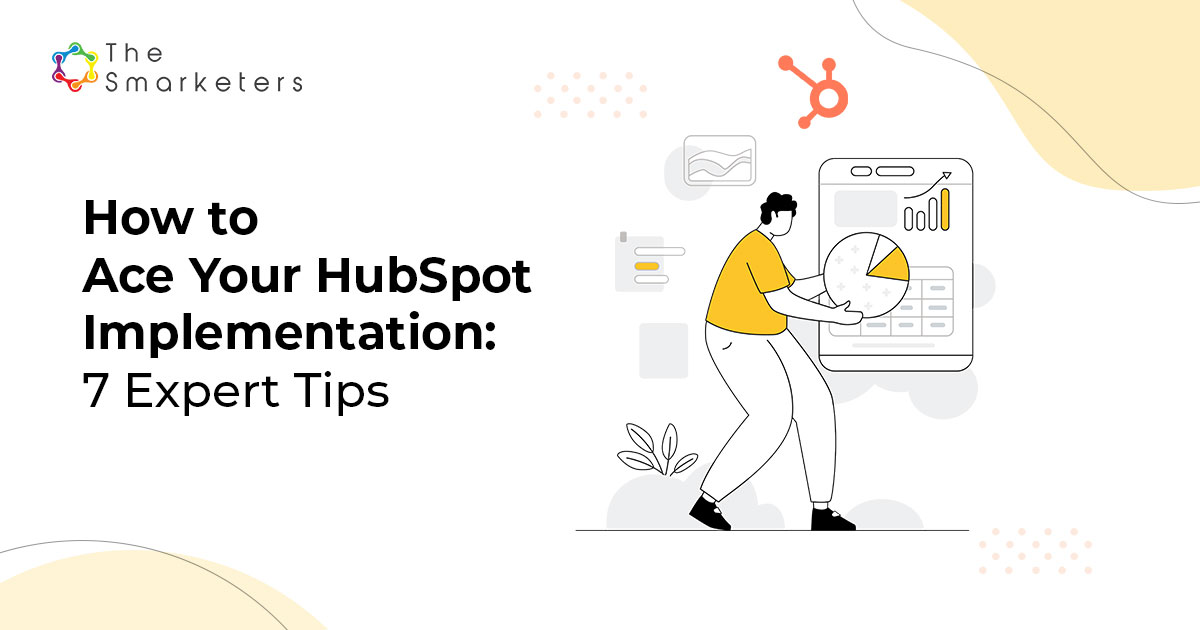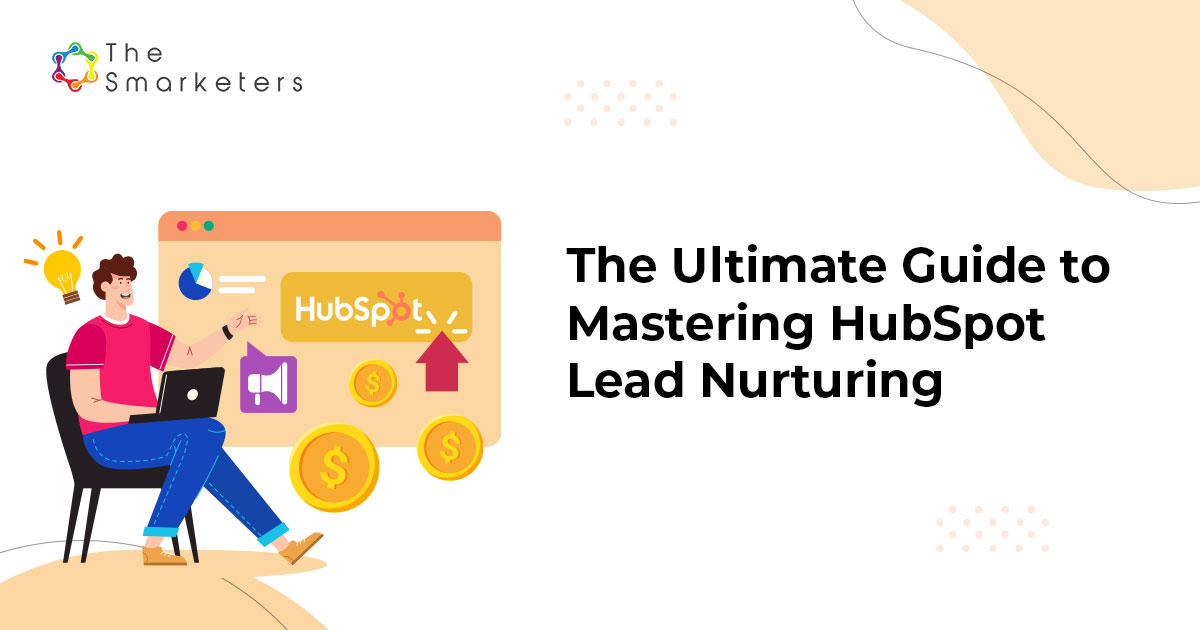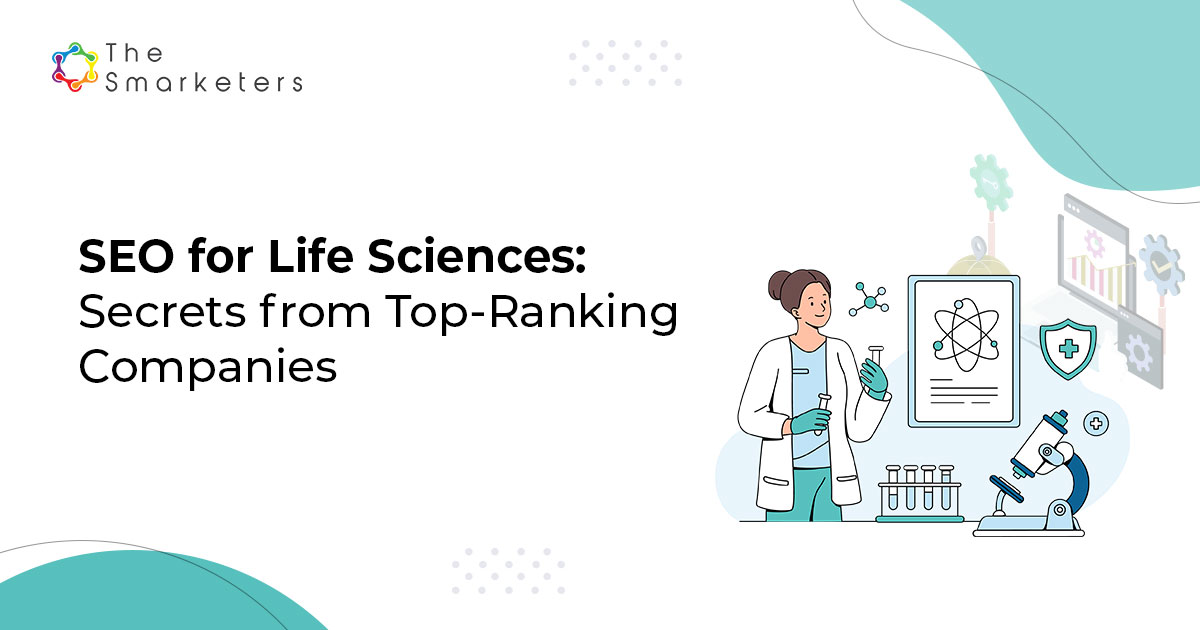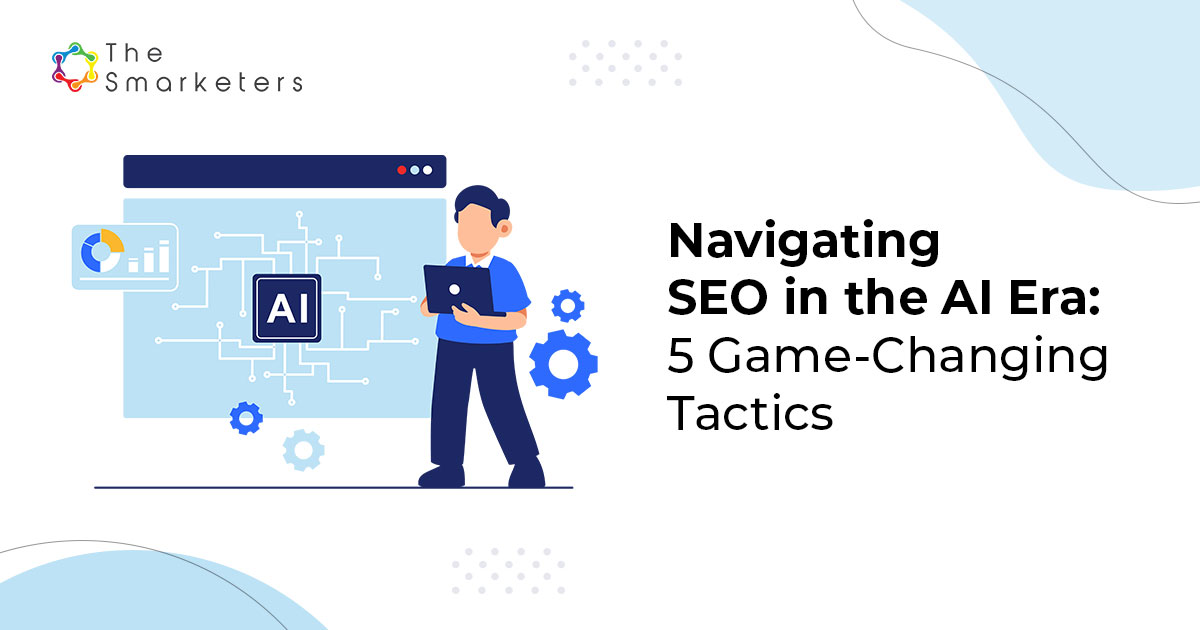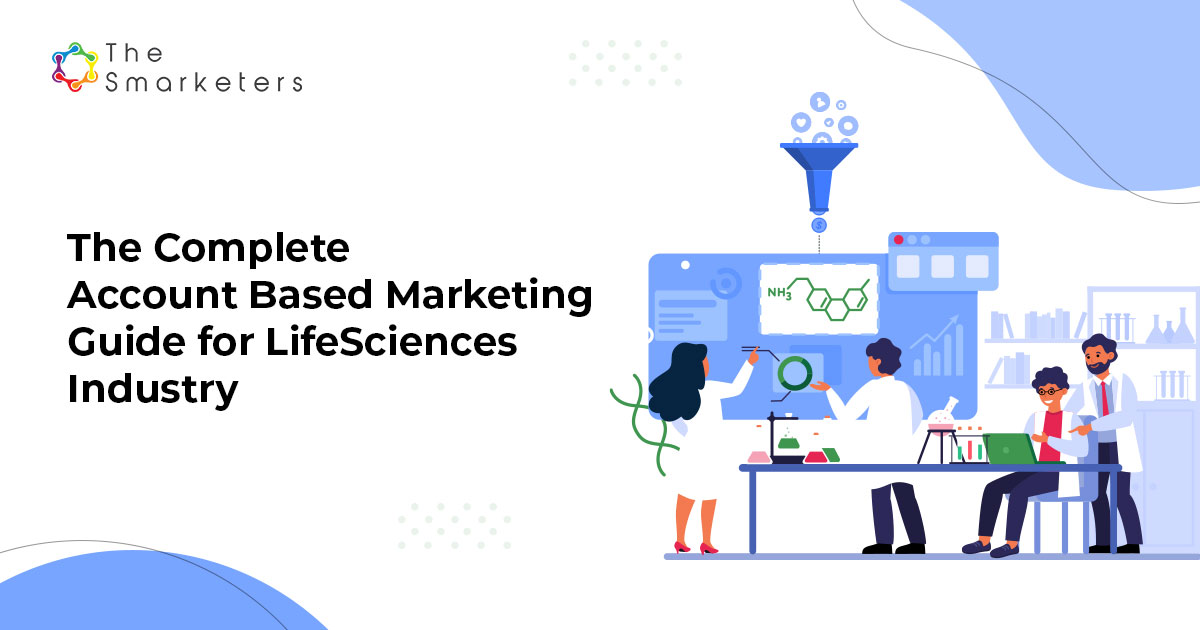Marketing is a continuously evolving field. While traditional television commercials were all the rage for a few decades, marketing evolved as new avenues of communication and sales opened up. Today, marketers are attempting to communicate with their customers in a way that is more intuitive, more personalized and more engaging. B2B Marketing is evolving its communication style, and it is that degree of evolution that is being coined as marketing maturity.
Let’s understand this term better. Marketing maturity refers to the process in which a business will move the needle from a seller centric approach to a buyer-centric approach. It is the degree to which your business can keep up with industry best practices. Now, marketing maturity can be different for different businesses. Your business might or might not be at the same level of marketing maturity as its competition, and if that works for your business, that’s great. Nevertheless, the core levels of marketing maturity tend to be similar for almost every business. Let’s dig deeper into why your business needs to have a higher degree of marketing maturity in a rapidly evolving landscape.
Your business’s marketing maturity level depends upon its level of marketing efforts. Your business could be involved in traditional marketing – purely transactional. This approach usually involves a problem solution approach. It is seller centric. It offers the customer an opportunity to make a purchase based on the functionalities offered. This level of marketing will usually speak to potential consumers in a rather broad manner and will target hoards of potential at once.
If you are further up the marketing evolution index, your business could be involved in responsive marketing. Essentially, this approach allows marketers to listen and react according to the customers’ needs. In this approach, businesses will create different customer profiles and content and even test their marketing efforts to figure out what works best.
The next, more evolved approach to marketing involves building a relationship with your customers. This is where intelligent business tools come into play. Marketers make use of data analytics and artificial intelligence to understand buyer behaviour and map a communication journey. Potential customers are segregated into smaller groups, and the communication appears to be more personalized.
Finally, we reach the furthest level of marketing evolution (so far). This level pushes the boundaries of marketing and evolves into a term called experiential marketing. Using this approach, businesses try to create a unified brand experience across all customer touchpoints. Marketers don’t just limit themselves to visual experiences here. They go above and beyond to make the brand come alive for a potential customer. This level involves the use of intelligent data to help build customer profiles and allows for hyper-personalization through communication.
For every business, the level of marketing maturity can be different. To understand how you can reach a higher level of marketing maturity, your business must first figure out where its current level of marketing maturity is. Some quick self-analysis tests can do this. Online tools can help you determine your level of maturity in terms of your business’s use of marketing tools, research and insights, how tuned your business is to the needs of its customers, use of the content, user design and user experience etc. Once you determine the current marketing maturity level, you can get started with the next steps – figuring out the gaps between the levels of maturity, setting new goals to progress to the next level and evolving your business further.
In today’s digital landscape, marketers need to understand that attaining high degrees of marketing maturity is critical. Businesses that choose to stay at lower, traditional, or soon to be obsolete levels of marketing might not be able to make it. New levels of marketing tend to evolve after extended periods. But that is not the case anymore. Take, for instance, the speed of marketing evolution that has been witnessed during the pandemic. Experts are of the opinion that marketing has evolved with dramatic speed over the last three years. Probably more than it did in the last decade.
Buyer behaviour is making a shift, and marketers must be aligned with these changes in order to continue. While challenging, this feat is not impossible. Marketers need to focus on personalizing their communication. Some brands like NIKE, Netflix, Amazon, etc., offer hyper-personalization in creating your own product, personalized recommendations, personalized homepage, etc. It is also imperative to rely on data and make data-backed decisions- this will help build suitable customer profiles because your business will better understand buyer behaviour. Finally, it is important to give your customers a consistent experience and reinforce your brand’s communication through every sales channel.
For B2B and B2C marketers alike, the time has come to analyze their current standing and determine their marketing maturity level. Only by evolving with the rapidly changing marketing landscape can businesses truly achieve a higher level of marketing maturity.




